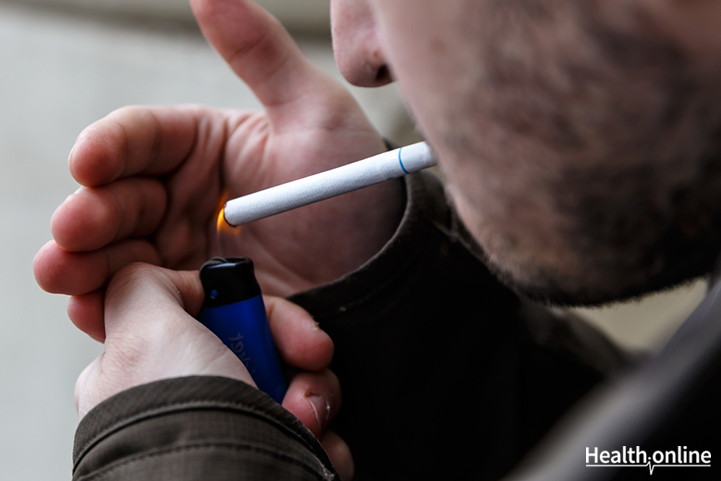
Introduction & Mechanism of Nicotine Action
Smoking is the number one cause of preventable death in the United States. Approximately one in every five deaths is due to complications related to smoking. The harmful effects of smoking are due to several factors including the smoke from tobacco, nicotine, and other non-tobacco substances that are included in a cigarette.
What is Nicotine?
Nicotine is a basic alkaloid, or a naturally occurring chemical, that has strong psychological effects. In its pure form, it is a clear liquid with a strong odor that turns brown when exposed to air. Nicotine can be absorbed through various membranous tissues including the lungs, skin, stomach, or mucus membranes lining the mouth. Its ability to pass through these membranes depends on its pH. The higher or more basic the nicotine is, the easier it can pass through the tissue. It primarily targets the nervous system.
Mechanism of Nicotine Action
When smoking a cigarette, nicotine travels into the body through smoke particles into the lungs. There it is absorbed into the pulmonary veins, which are blood vessels that collect oxygen from the lungs and displace the blood in the left atrium of the heart. The nicotine enriched blood is then pumped into arterial circulation which allows it to reach the brain. Nicotine passes into the brain tissue and binds to receptors on nerve cells called nicotinic acetylcholine receptors or nACHRs. This process occurs within seconds since they bypass metabolism in the liver and intestines. The receptors are channels for ligand-gated ion channels. When a ligand, such as nicotine, binds to the receptor, it allows ions such as potassium and calcium to enter the cell. Once in the nerve cell, these ions activate other receptor channels which further increase the calcium concentration in the nerves.
These changes in the brain ultimately increase activity in multiple brain regions and increase release of neurotransmitters, like dopamine. Dopamine release is also induced along the periphery of the nucleus accumbens—a brain region essential to drug-induced reward. Other neurotransmitters that are released include:
- Norepinephrine
- Acetylcholine
- Serotonin
- γ-aminobutyric acid (GABA)
- glutamate
- endorphins
Nicotine alters neurotransmitter release both directly and indirectly. Nicotine enhances release by directly activating the cells to release more neurotransmitters. Nicotine can also indirectly enhance release by inhibiting release of GABA, a neurotransmitter that inhibits release of dopamine. The act of long term smoking itself also contributes to these changes by reducing the brain levels of monoamine oxidases. These are proteins that keep the monoamine population low by oxidizing them. However, if the monoamine oxidase concentration is low, the level of monoamine neurotransmitters, like norepinephrine and dopamine, increase.
Mesocorticolimbic Brain System
The mesocorticolimbic brain system is a series of connected brain regions responsible for feelings of reward, is involved in the addictive and euphoric experiences associated with commonly abused drugs. A region in the mesocorticolimbic brain system called the ventral tegmental area or VTA contains neurons that release dopamine into three other areas: the nucleus accumbens, the amygdala and the frontal cortex. The release of dopamine, in turn, is regulated by the release of glutamate and GABA, two other neurotransmitters from neurons in the nucleus accumbens, the frontal cortex and other areas of the brain. Nicotine influences the release of these neurotransmitters by binding to nACHRs on the surface of their neurons.




